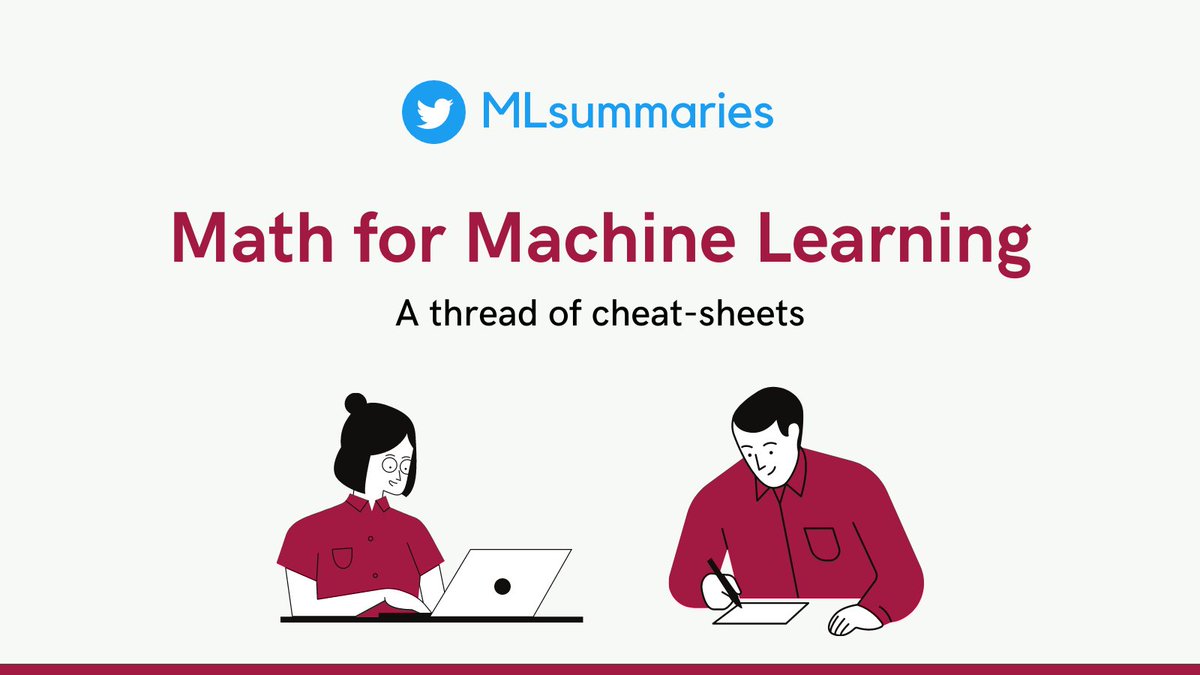
This paper shares 56 stories of researchers in Computer Vision, young and old, scientists and engineers. Reading it was a cocktail of emotions as you simultaneously relate to the stories of joy,excitement,cynicism,and fear. Give it a read!
#ComputerVision
#ComputerVision
https://twitter.com/normsu/status/1377253149627580418?s=20
Some quotes from the stories - it was a "tough and hopeless time" in computer vision "before 2012, [when] the annual performance improvements over ImageNet are quite marginal."
"she told me you should solve the problem purely based on deep learning... I did not think the occlusion problem can be solved without explicitly reasoning of shape priors and depth ordering"
"deep learning-based systems are trained for very specific objectives, and are far from resembling anything that could be considered a general model"
"students are now stuck in this deep learning mode of thought, unable to consider other approaches. This narrow perspective – and a perceived focus on beating benchmarks as opposed to advancing science"
"because the system is so much of a black box,trying to build in explainability and transparency into the system feels inherently futile sometimes. The most we can do is really focus on what inputs are going into the system, weights, and training data."
"Having something accepted appears to be more important than having something good accepted"
"After I left their home,my girlfriend’s father... expressed his concern against our relationship.He thought it is hard for me in this field to find a good job in the US, even in China."
"After I left their home,my girlfriend’s father... expressed his concern against our relationship.He thought it is hard for me in this field to find a good job in the US, even in China."
"Industry is
especially excited to be involved, as everyone wants to advertise that their product uses A.I. and is therefore faster,
and smarter, than the products of their competitors"
especially excited to be involved, as everyone wants to advertise that their product uses A.I. and is therefore faster,
and smarter, than the products of their competitors"
• • •
Missing some Tweet in this thread? You can try to
force a refresh








